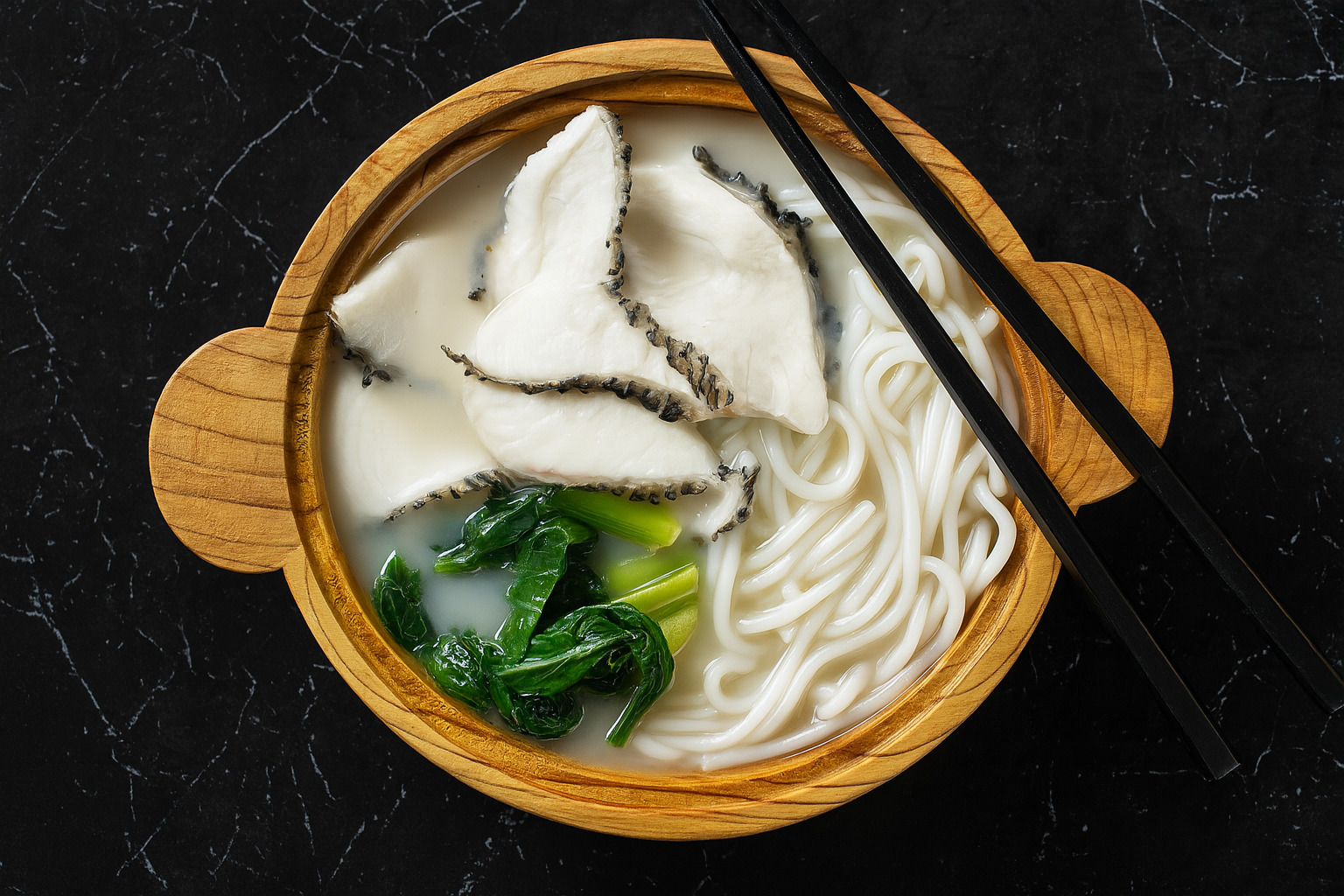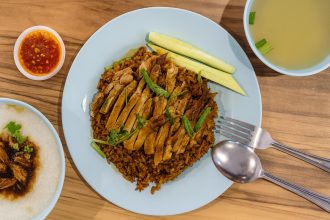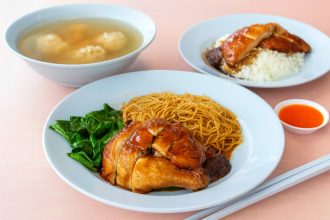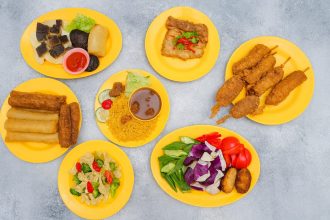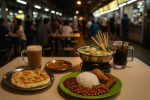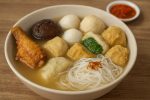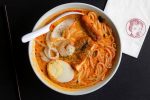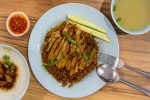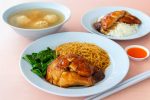Few names in Singapore’s food scene carry the weight of Ka-Soh. More than just a Cantonese-style zi char restaurant, Ka-Soh became a household name rooted in tradition, flavor, and an enduring story that spanned over eight decades. Its tale is one of street beginnings, celebrity attention, critical acclaim, and a bittersweet farewell.
What made Ka-Soh matter to generations of diners? The answer lies in its iconic dishes, its roots in the heart of Singapore, and the people who built it into something unforgettable.
A Pushcart That Sparked a Movement
Ka-Soh’s origins date back to 1939. It started not as a restaurant but as a humble pushcart, rolling through the streets with the promise of Cantonese comfort food. Through decades of grit and consistency, it eventually blossomed into a full-fledged eatery known as Swee Kee Eating House.
Swee Kee’s original location on Chin Chew Street and later Amoy Street was a magnet for food lovers. Operating late into the night, it attracted crowds looking for zi char favorites like fish soup and fried rice. Its reputation was built on quality, generosity, and the kind of food that warmed more than just the stomach.
The Swee Kee Era: Queues, Celebrities, and Character
During the 1980s and 1990s, Swee Kee reached its cultural peak. It became a late-night destination for locals and international stars. Most notably, Hong Kong’s “Four Heavenly Kings” — Jacky Cheung, Andy Lau, Aaron Kwok, and Leon Lai — frequented the restaurant after their concerts. Photos of 90s celebrities lined the walls, building a visual timeline of fame and flavor.
At the center of the chaos was a woman known only by her nickname: Ka-Soh. Not part of the founding family, she was the mother-in-law of one of the waitresses. Her no-nonsense attitude, sharp voice, and ability to manage queues that stretched for two hours made her legendary. Patrons began referring to the restaurant by her nickname, and it stuck.
What made Swee Kee stand out:
- Operated late into the night
- Attracted international celebrities
- Known for hour-long queues
- Managed by the iconic “Ka-Soh” waitress
- Gained a cult-like status in Singapore’s food scene
From Supper Spot to Michelin Recognition
As the years passed, the brand transitioned fully from Swee Kee to Ka-Soh. One of the standout locations was the outlet at the Alumni Medical Centre in Outram. This branch became the brand’s flagship, receiving a Michelin Bib Gourmand from 2016 onwards.
The Michelin recognition wasn’t just a badge. It validated what locals already knew. Ka-Soh wasn’t just serving good food. It was serving some of the best fish soup and prawn paste chicken in Singapore. The awards brought in new diners, expanded the legacy, and connected the name Ka-Soh with culinary excellence.
Signature accolades:
- Michelin Bib Gourmand (2016 and onward)
- Recognized for affordable yet high-quality dishes
- Preserved traditional Cantonese cooking techniques
Dishes That Defined a Generation
Ka-Soh’s menu wasn’t fancy. It didn’t need to be. The restaurant built its reputation on a few classics done exceptionally well.
1. Fish Soup
Milky, rich, and comforting. Ka-Soh’s fish soup became a benchmark in Singapore. Made by boiling snakehead fish bones for hours until they disintegrated, the broth developed a deep collagen-rich texture without any milk. The resulting flavor was both delicate and full-bodied.
- Preparation method: Boiled for hours with no dairy
- Key ingredient: Snakehead fish bones
- Texture: Naturally milky and nourishing
2. Prawn Paste Chicken (Har Cheong Gai)
This wasn’t just fried chicken. It was a cultural reference point. Marinated in prawn paste, the chicken was deep-fried to achieve an aromatic crunch, delivering juicy meat with each bite. Few dishes evoked as much nostalgia among regulars.
- Flavor profile: Umami-rich, crispy skin, juicy center
- Serving style: Golden and steaming hot
- Common pairing: Eaten alongside the fish soup
3. Zi Char Staples
Beyond the icons, Ka-Soh also served an array of zi char dishes:
- Sweet and sour pork
- Salted fish fried rice
- Stir-fried vegetables
- Black bean beef
These weren’t afterthoughts. They were reliable sidekicks to the stars of the menu, and every table had its own combination of must-haves.
The Quiet Struggles Behind the Success
Success rarely shields businesses from harsh realities. Behind the legacy, Ka-Soh’s owners faced a steady rise in rent and ingredient costs. These challenges compounded in recent years, leading to the closure of its flagship Outram outlet and the original Swee Kee in 2021.
By 2025, only one outlet remained — at Greenwood Avenue. Run by the third-generation owners Gareth and Cedric Tang, the business had weathered more than most, but it wasn’t enough. They announced that Ka-Soh’s last day of operation would be September 28, 2025.
Final Service and a Digital Rebirth
To manage the final crowds, Ka-Soh implemented structured dining policies. Lunch could be reserved on both weekdays and weekends. Dinner, however, was reserved for walk-ins only.
Despite the physical closure, one part of Ka-Soh will live on. Cedric Tang shared plans to launch a home-based business selling frozen packs of their signature fish soup. It’s not just about extending sales. It’s about preserving the flavor, tradition, and soul of a restaurant that helped define Singapore’s culinary identity.
Future plans include:
- Online sales of frozen fish soup
- Continuation of the recipe and preparation method
- Preserving Ka-Soh’s legacy through home dining
A Name That Became More Than a Restaurant
Ka-Soh is not just a brand, not just a name passed down. It’s the voice of a waitress who kept the queues moving. It’s the warmth of fish soup on a rainy evening. It’s the sizzle of chicken hitting hot oil, the laughter from full tables, the photos of stars smiling under fluorescent lights.
As the final plate leaves the kitchen and the last bowl is served, Ka-Soh steps into history, not as a restaurant that closed, but as a name that fed a city’s soul.
